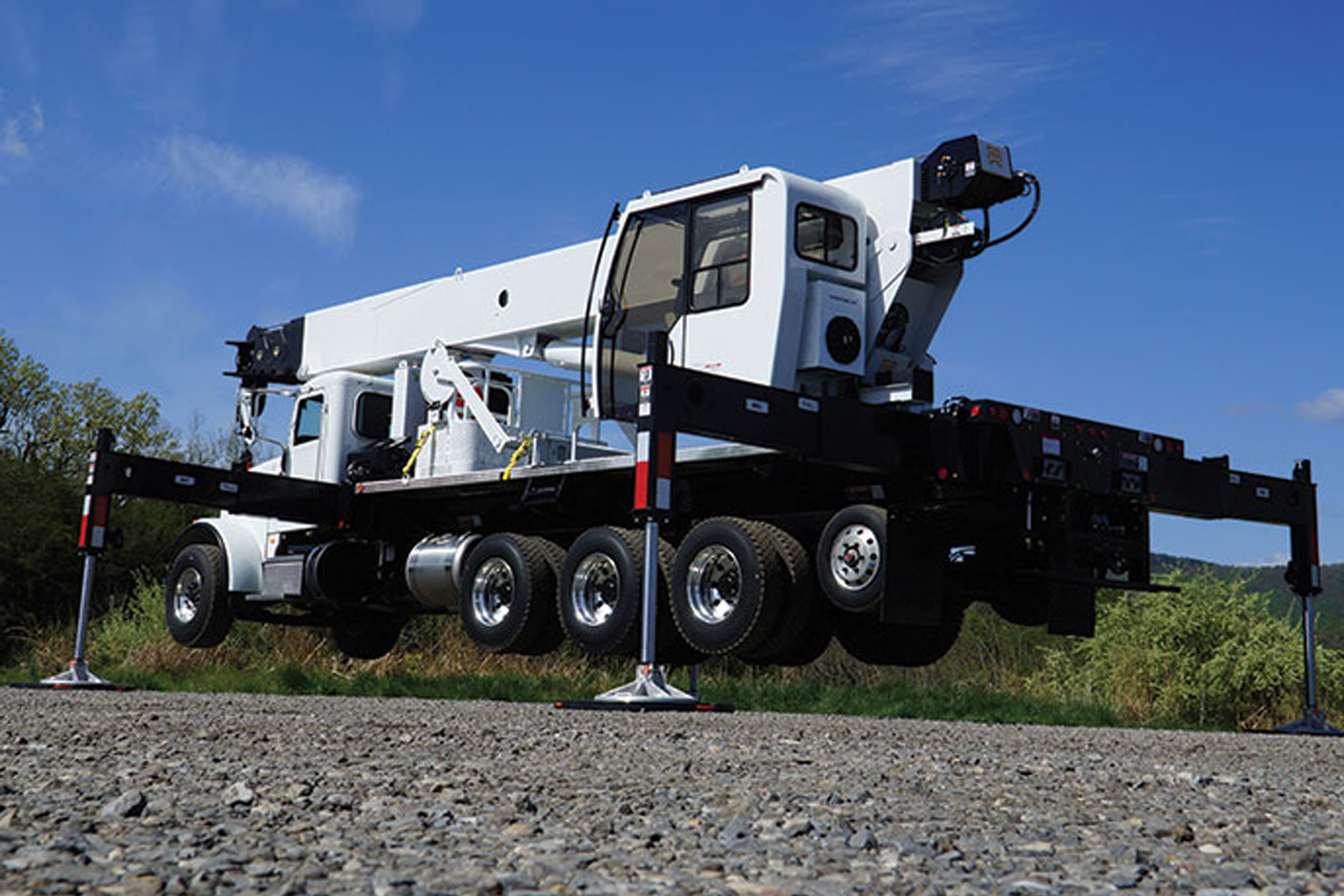
When stringent regulations exist, some agencies always try to find `loopholes’ to avoid them. The influx of `dual-rated’ or `dual purpose’ cranes-cum-aerial lifts over the last few years is a worrying example of this.
Certain equipment manufacturers are clubbing the two together in order to subvert OSHA’s (Occupational Safety And Health Administration) regulation, 29 C.F.R. § 1926.1431(h), that stipulates that a crane operator is required to conduct a trial lift before raising any personnel off the ground with a boom truck crane.
Since this safety measure is both time and labor intensive, some companies want to avoid it. So manufacturers of `dual-rated’ equipment are taking advantage of the fact that the test lift is not necessary for “machinery originally designed as vehicle-mounted aerial devices”. In other words, aerial lifts.
Examples of OSHA’s Aerial Lift Rules
To better understand OSHA’s rulings on mandatory trials before any worker can be lifted with a boom truck crane, here are some examples from the organization’s website:
- You must make a trial lift with the unoccupied personnel platform loaded at least to the anticipated lift weight. It must travel from ground level, or any other location where employees will enter the platform, to each location at which the platform may be hoisted and positioned.
- When you will reach multiple locations from a single set-up position, the trial lifts must reflect that. You can perform individual trial lifts or a single trial lift , moving the platform sequentially to each location. Your aerial must use the method that you will actually use to hoist the personnel.
- You must perform a trial lift immediately prior to each shift in which you will be hoisting personnel. Additionally, you must repeat the trial if you set up in a new location, return to a previous location, or change the lift route.
- Immediately after the trial lift, a competent person must conduct a visual inspection. They should check the equipment, base support or ground, and personnel platform. This is to determine whether the trial lift has exposed any defects or produced any adverse effect.
- Any condition found during the trial lift and subsequent inspection(s) that fails to meet a requirement of this standard or otherwise creates a safety hazard must be corrected before hoisting personnel.
As is pretty apparent from these regulations, the task of trial lifts is a detailed and rigorous one.
The Issue with Dual-Rated Equipment
Some unscrupulous manufacturers are taking full advantage of this. They’re marketing `dual-rated’ equipment that is apparently compliant with both the design standards for cranes (ASME B30.5) and for aerial lifts (ANSI A92.2), so operators can avoid the test lifts altogether.
But here is the problem with such a solution: it is not tenable or grounded in facts.
Firstly, “dual-rated” cranes must do a test lift. This is because they were not “originally designed” to be vehicle-mounted aerial devices. Therefore, any operator who does not test lift a “dual-rated” crane before lifting personnel is in violation of OSHA.
Secondly, the standards of cranes and aerial lifts are not identical. Some industry experts even challenge that equipment can feasibly be in accordance to such a dissimilar set of standards.
OSHA’s Stance
In 2010, OSHA reviewed and revised its regulations applicable to cranes and issued the following commentary: “…Equipment covered by this section [cranes] is primarily designed for hoisting materials, not people. [The Committee] concluded that it was important to differentiate between equipment primarily designed for moving personnel, such as an aerial lift, as compared to equipment that is primarily designed to lift materials. Per the Committee, a personnel platform attached to equipment covered by this section presented a greater hazard than a machine for moving personnel.”
Could OSHA’s stance on these purported “dual-rated” equipment be any clearer?
If any reader of this article is considering the purchase of such a dangerous equipment to circumvent trial lifts, we at Custom Truck One Source strongly advise against it.
Cranes are NOT aerial lifts. And no amount of dual-purposing will make their applications combine in a single equipment.
Safety of human lives is of primary importance on a job site. And there are big penalties if a worker injury occurs while operating a “dual-rated” crane. These include fines, damages, loss of reputation, etc. The risk of using such equipment, simply to avoid trials, is just not worth it.
Please contact Custom Truck Once Source, if you need more advice and guidance on this matter. We DO NOT sell “dual-rated” equipment. We’ll help you make a choice that is legal, safe and profitable in the long run.

